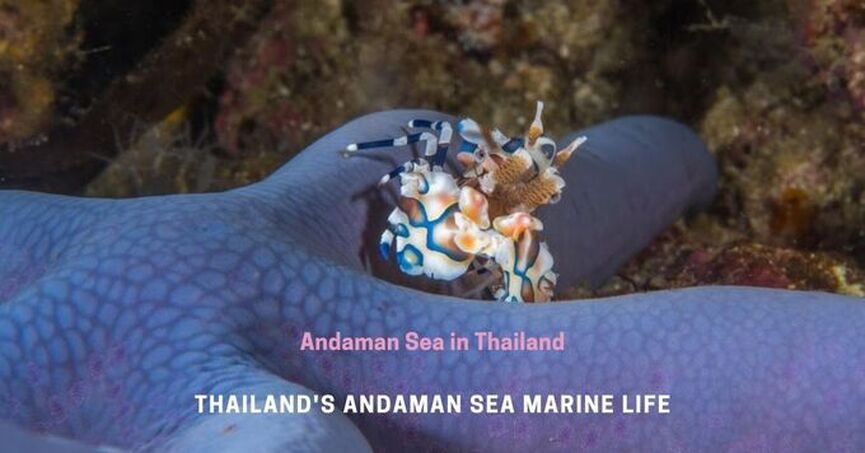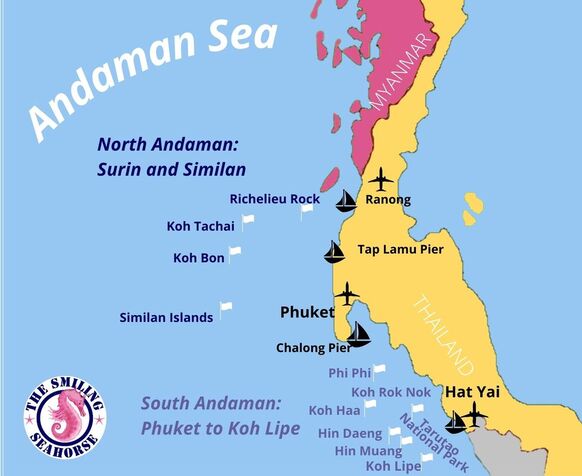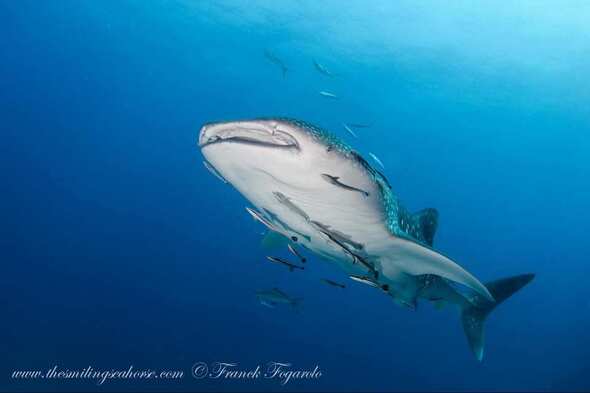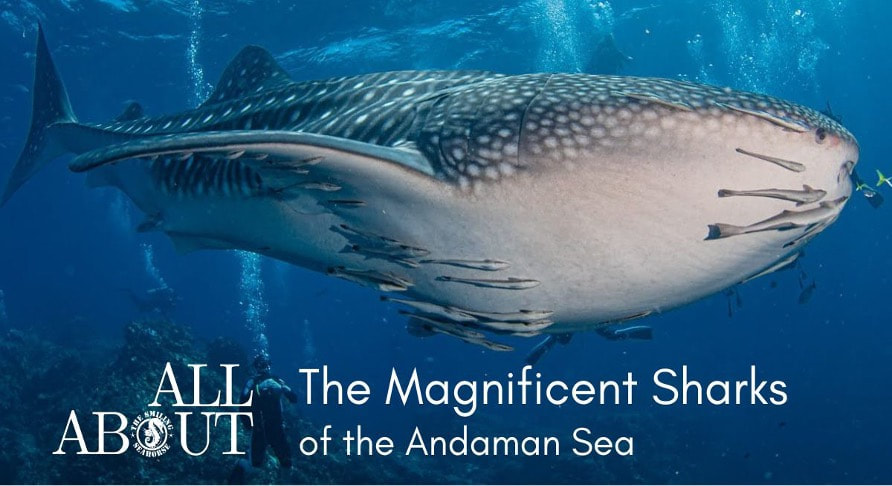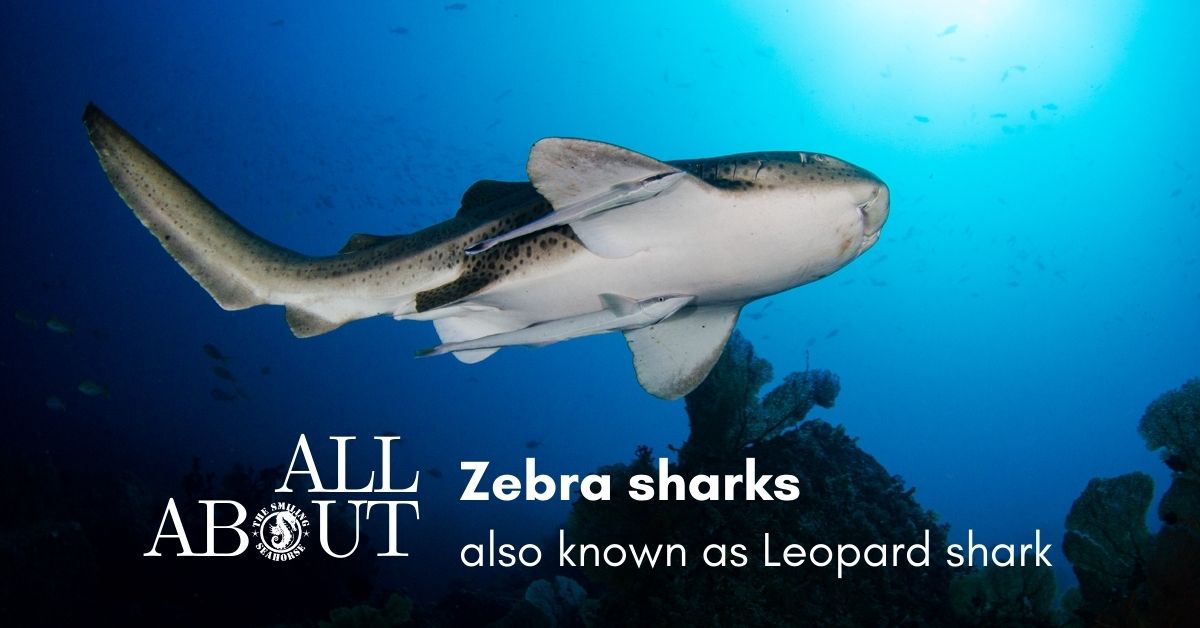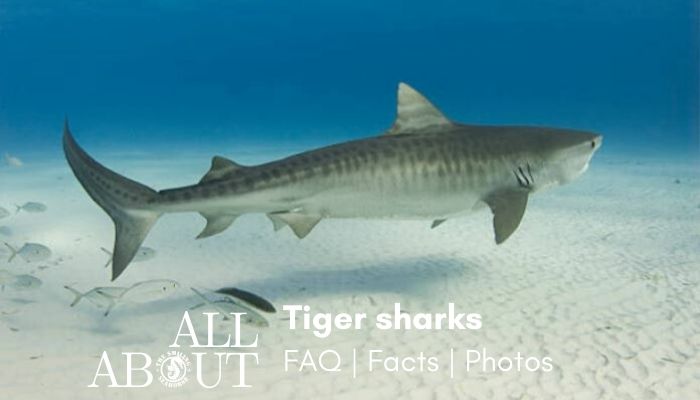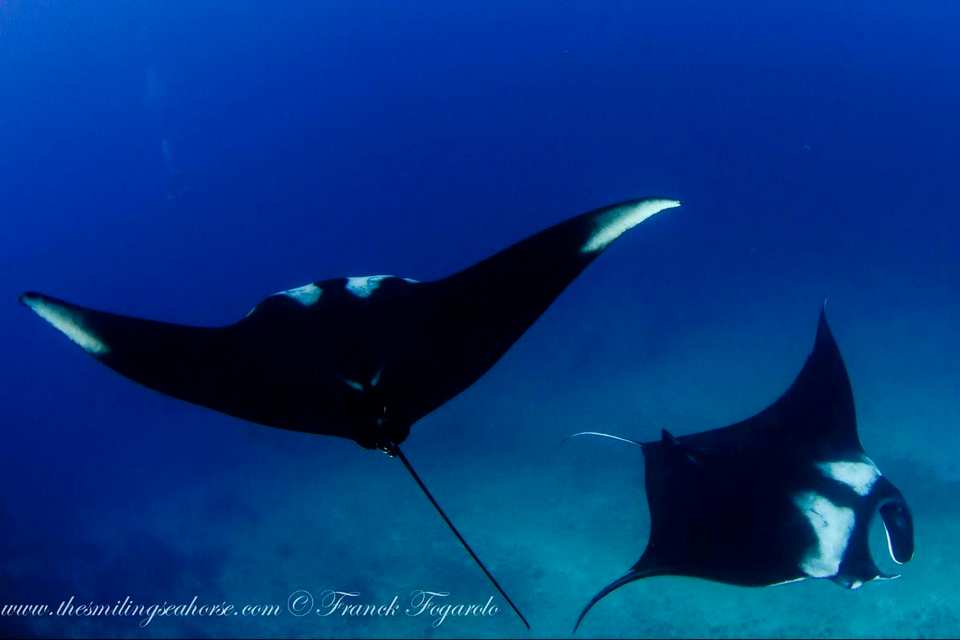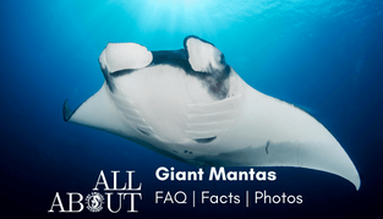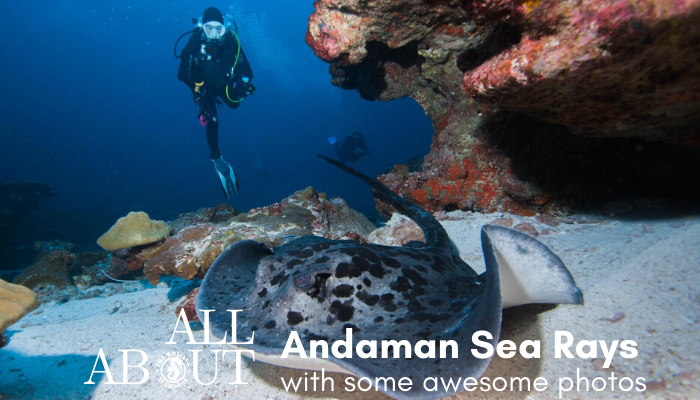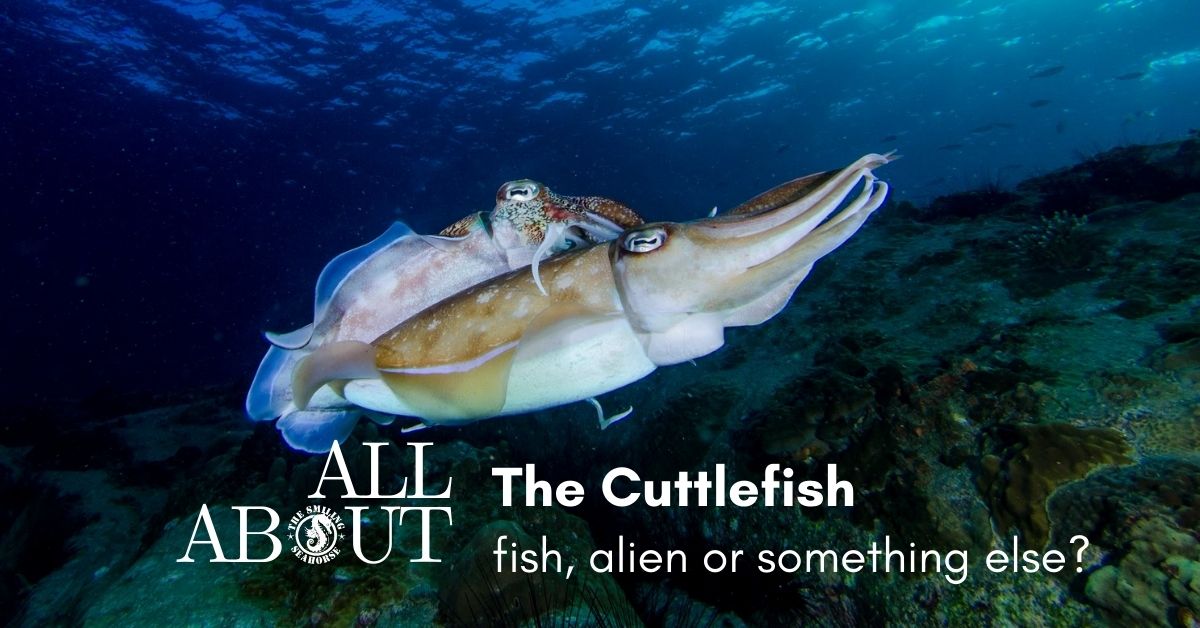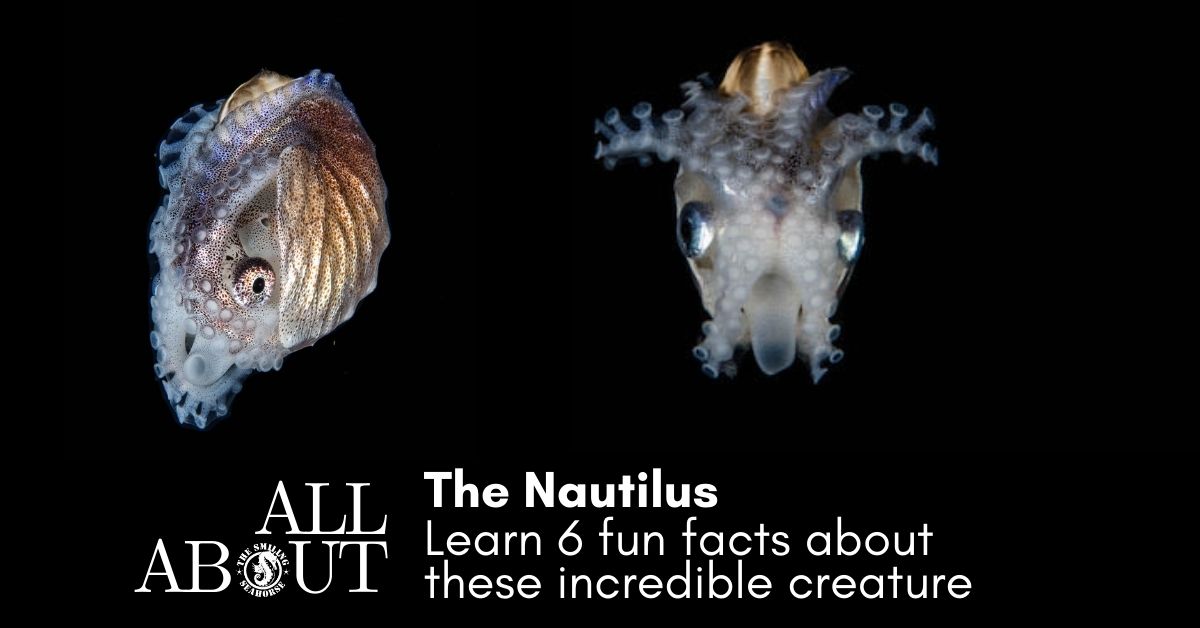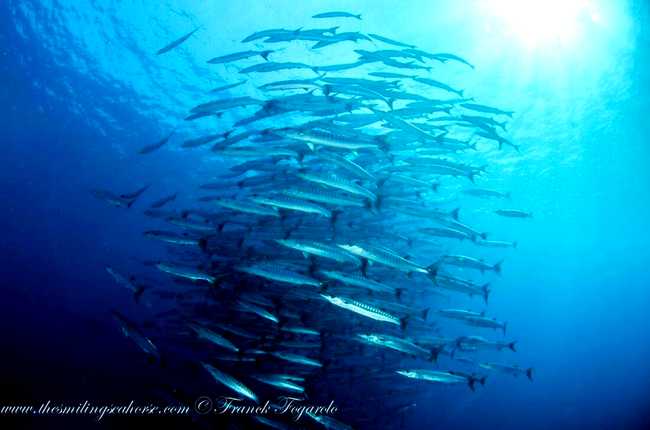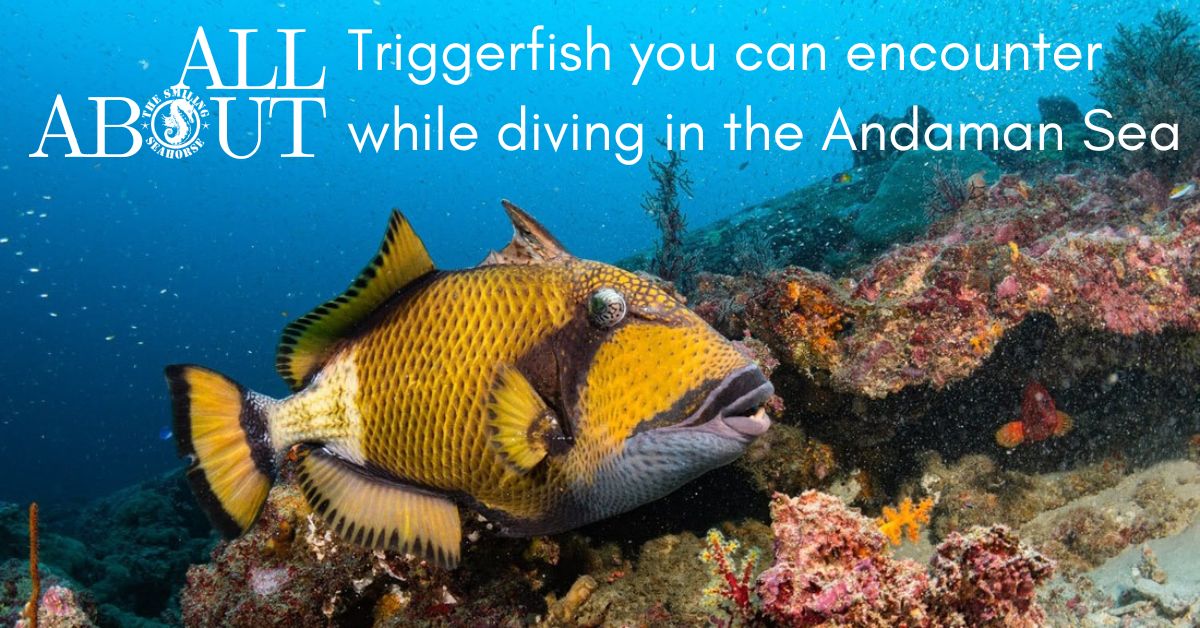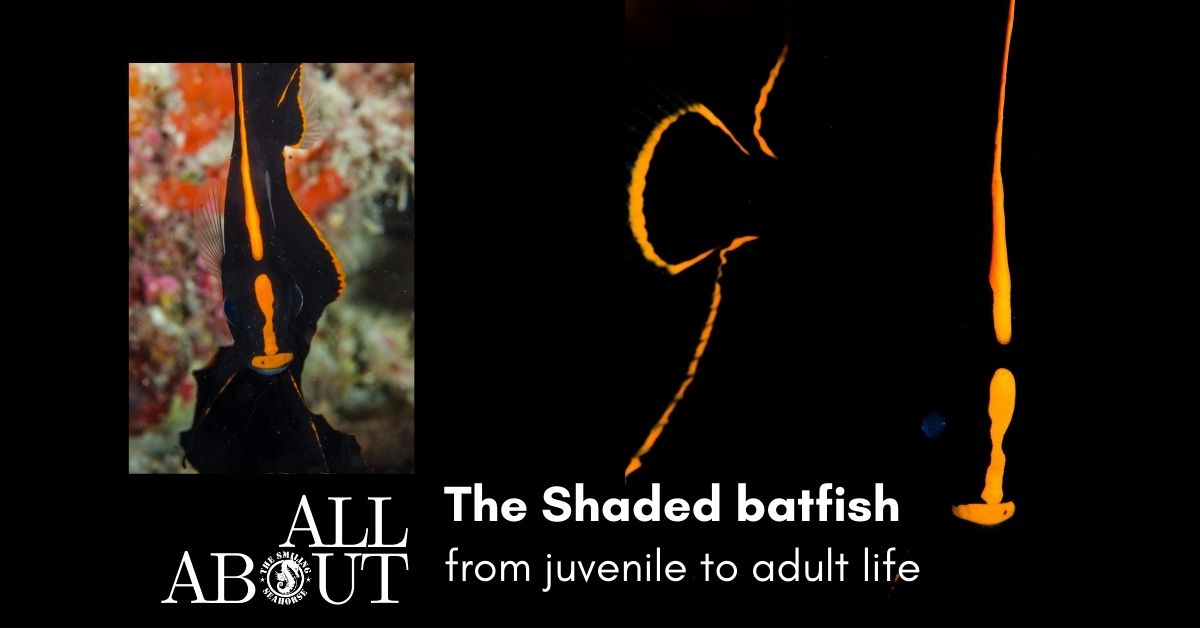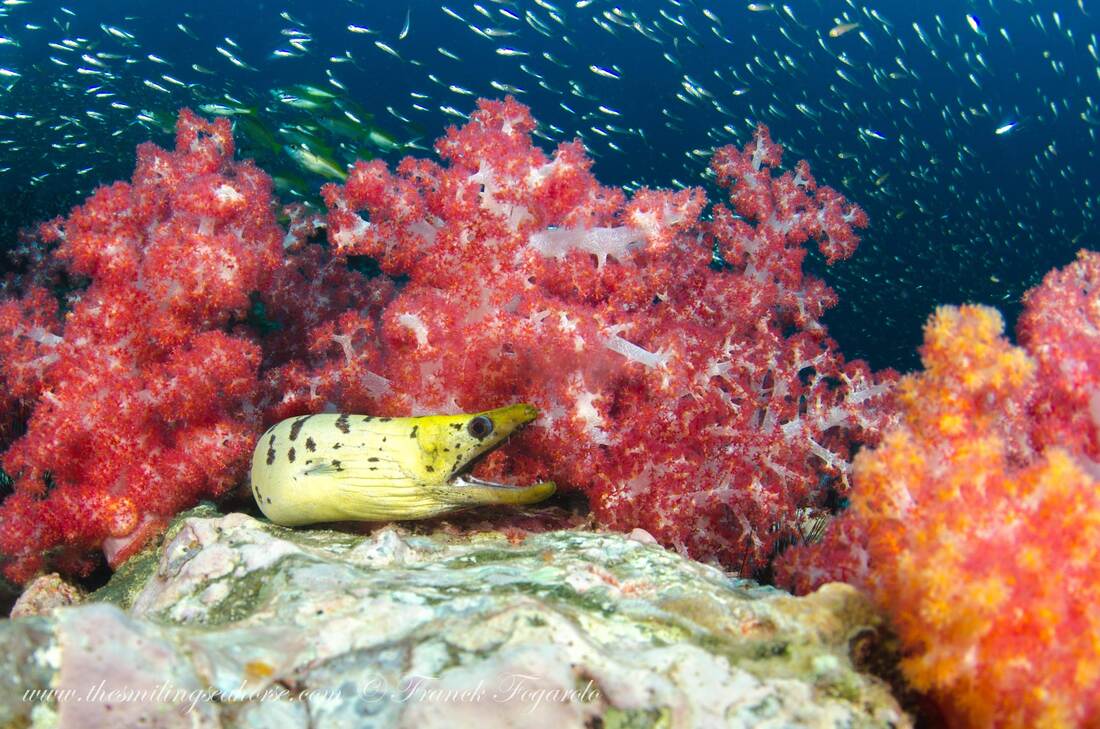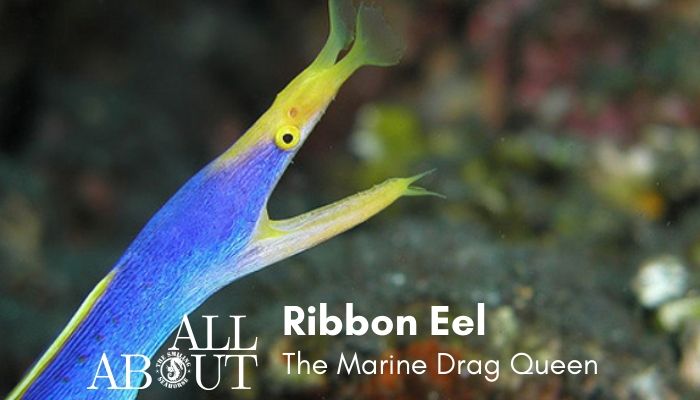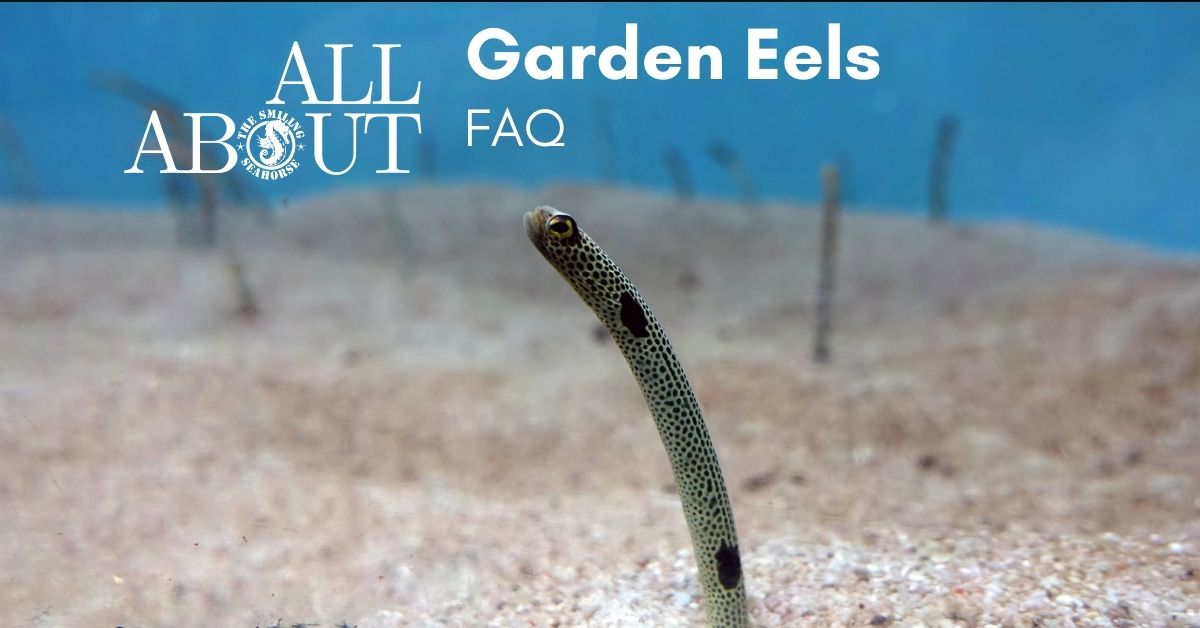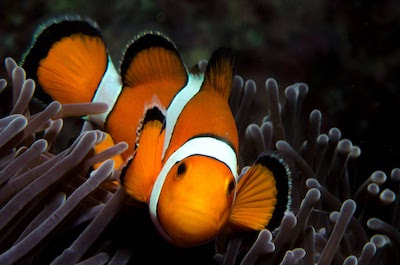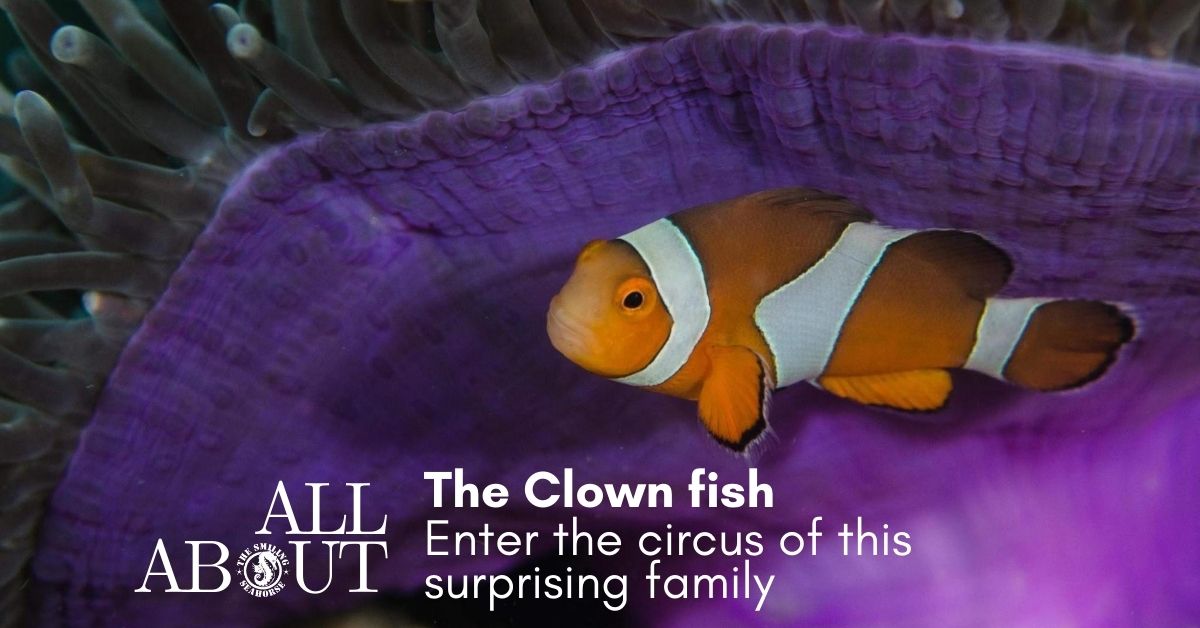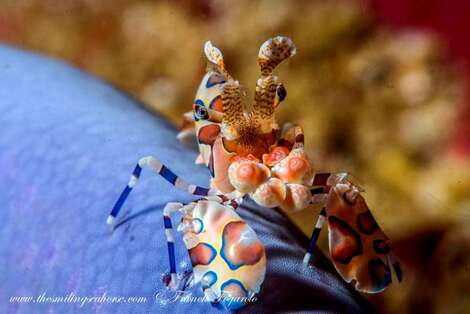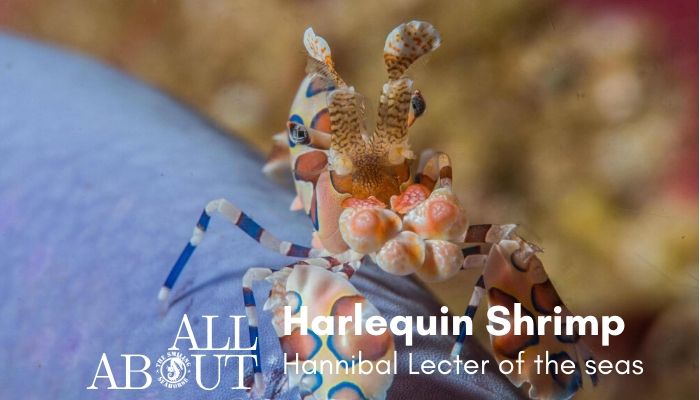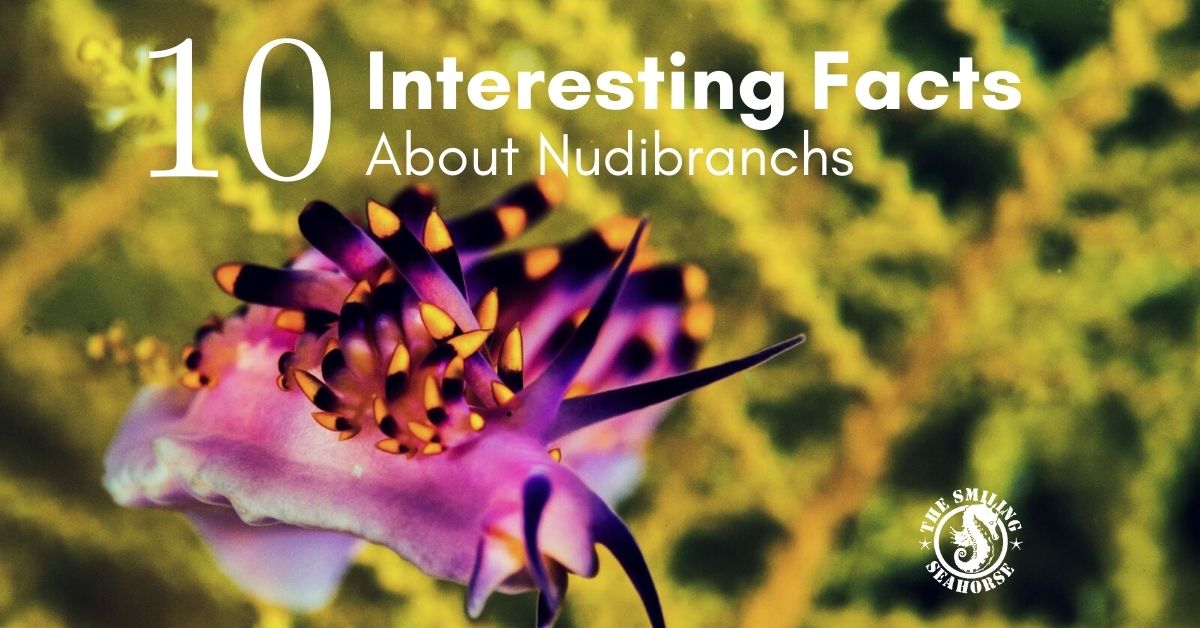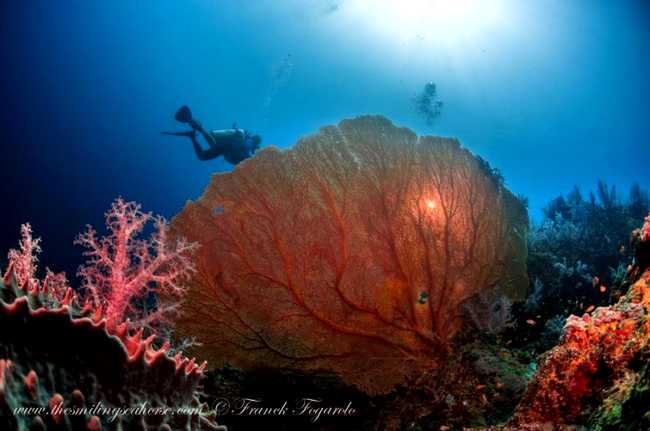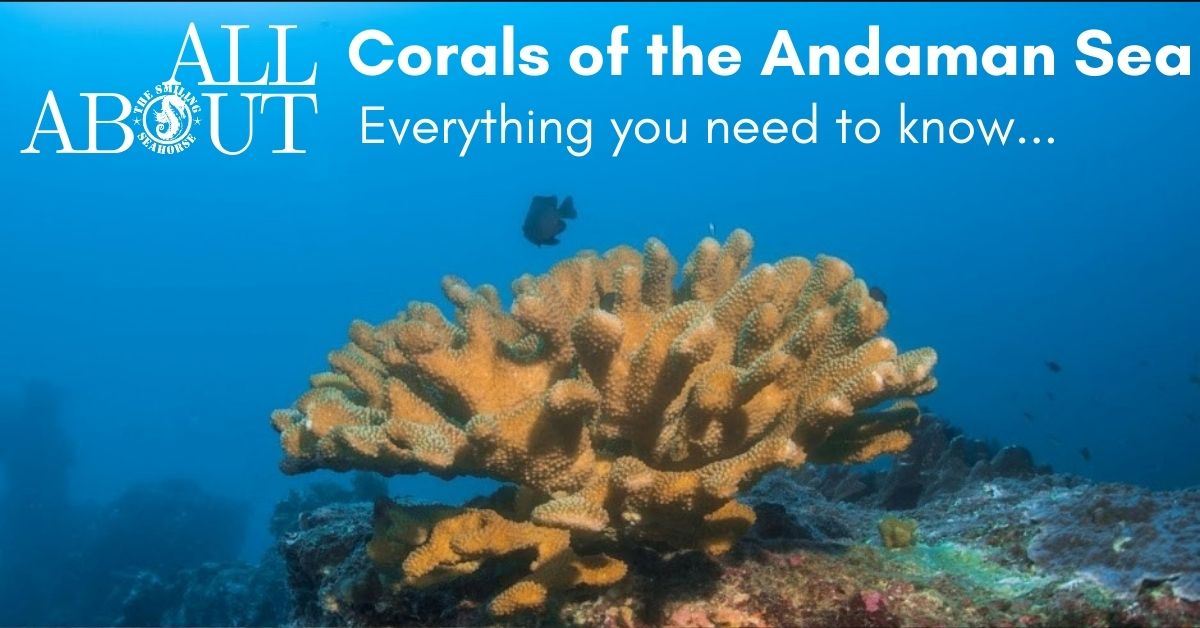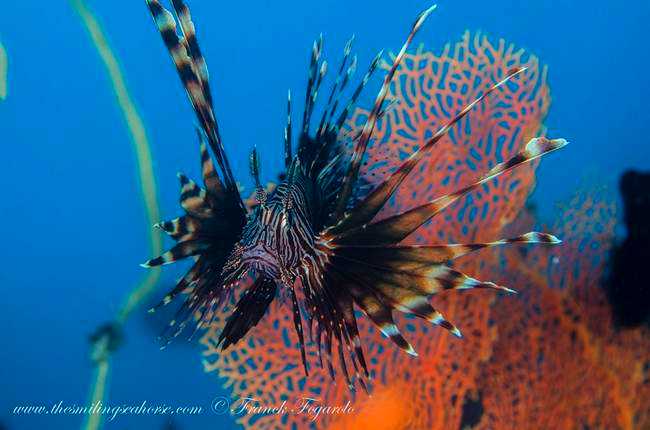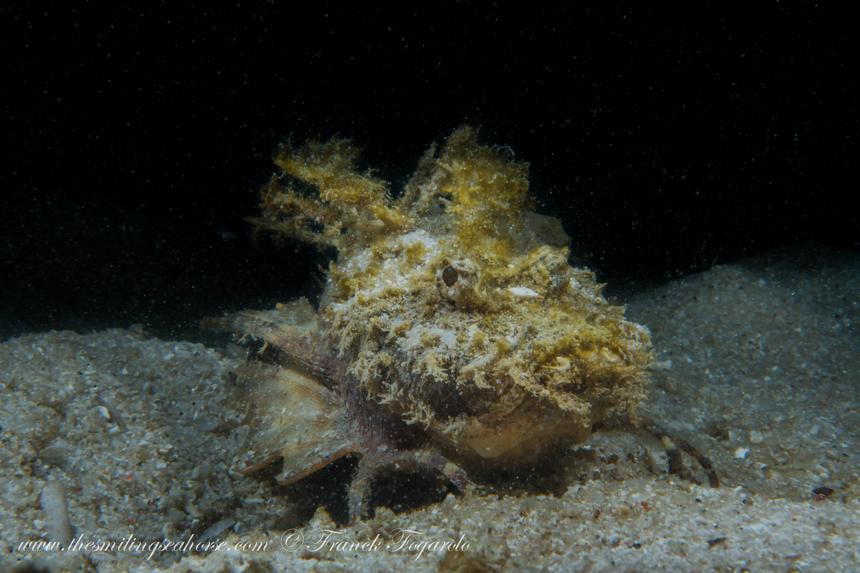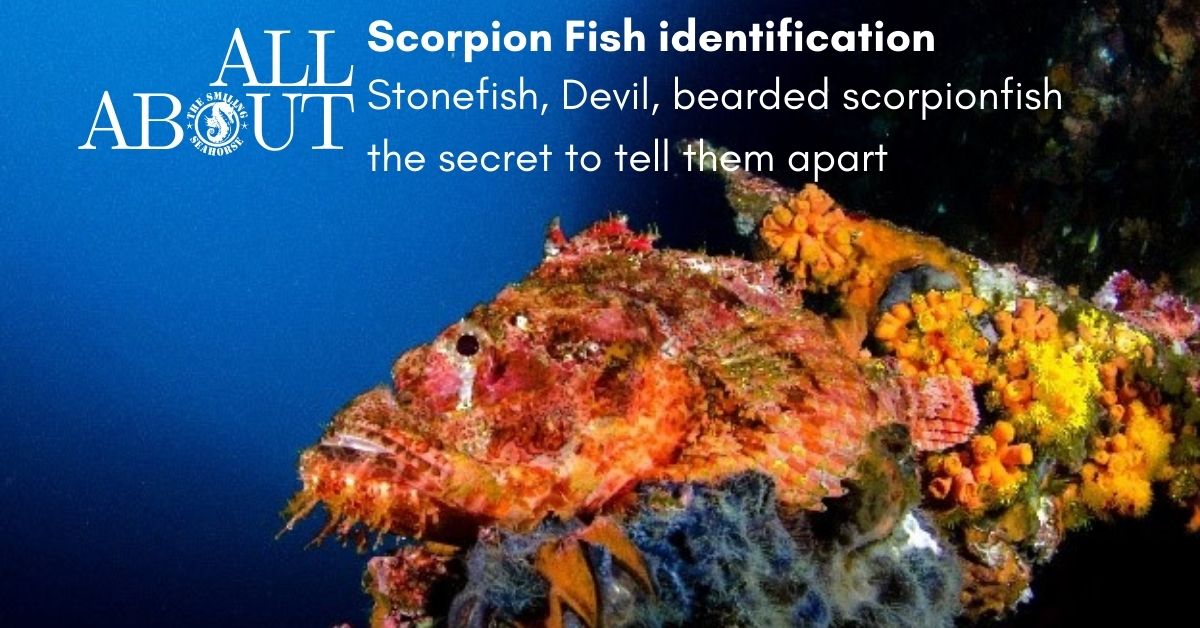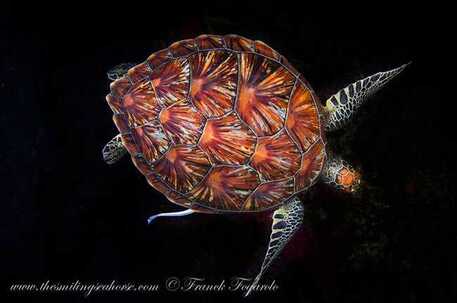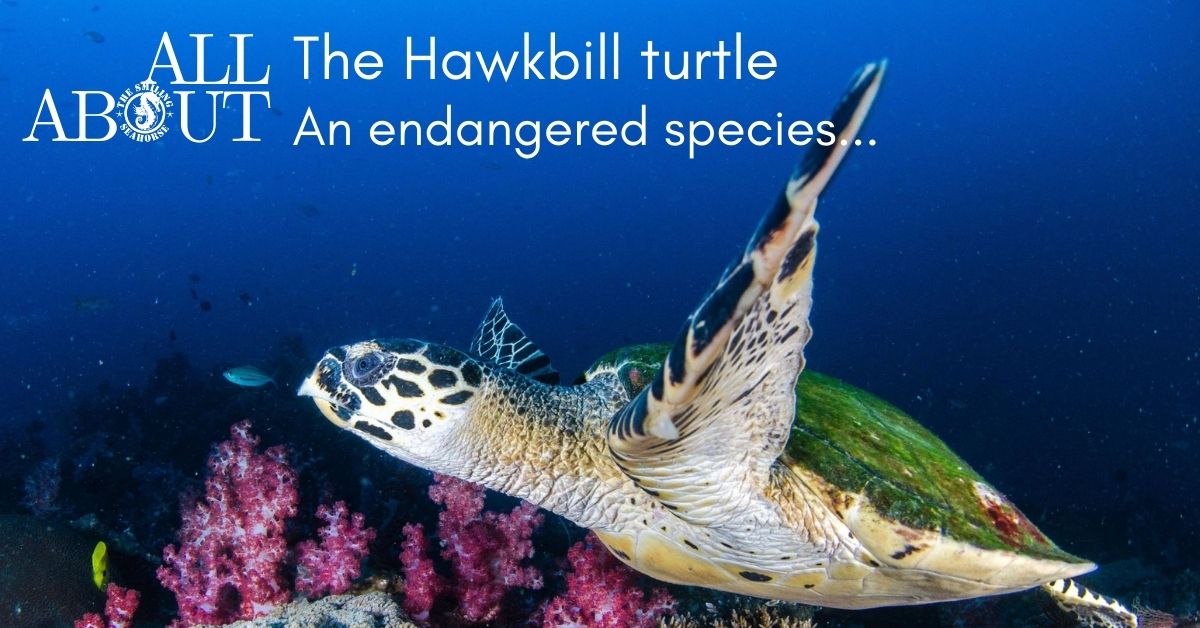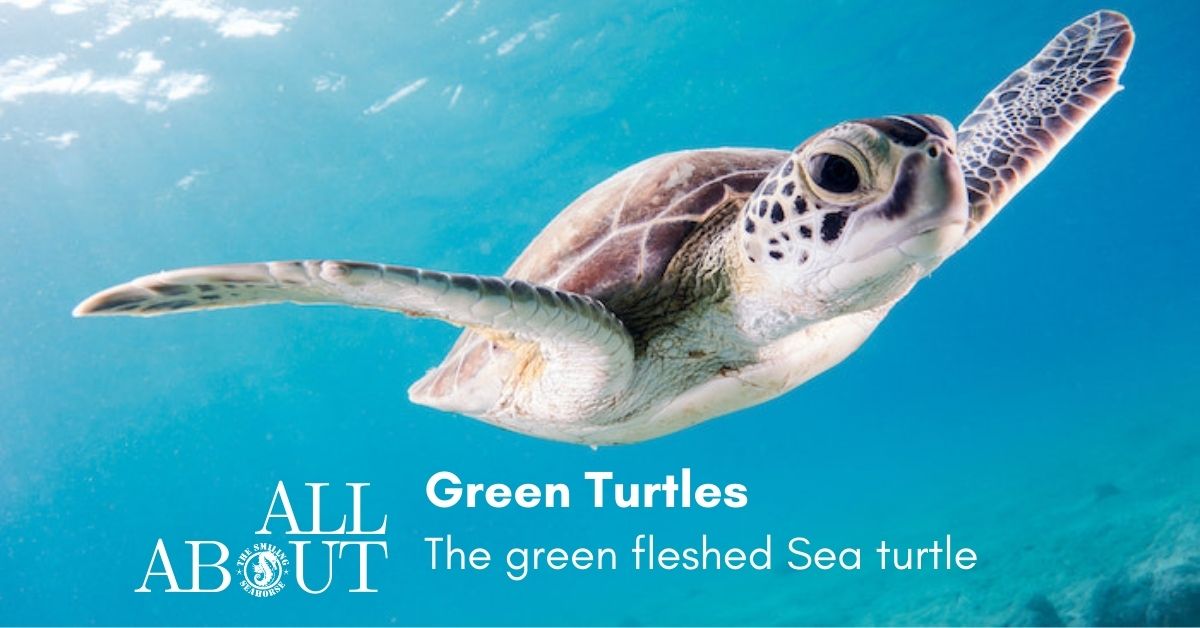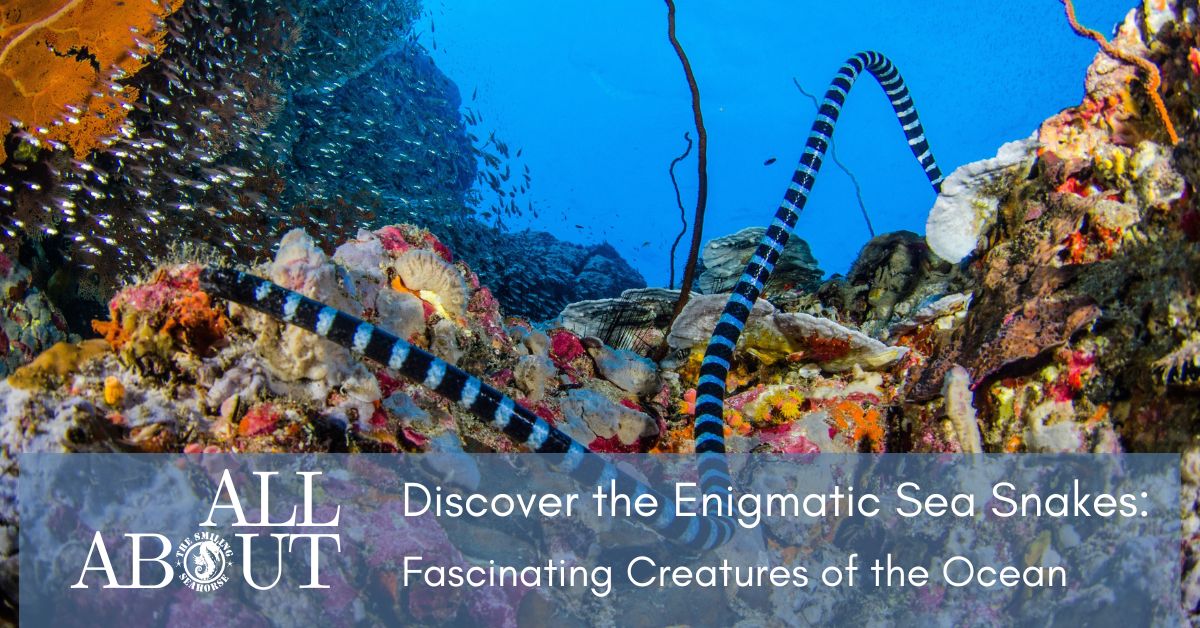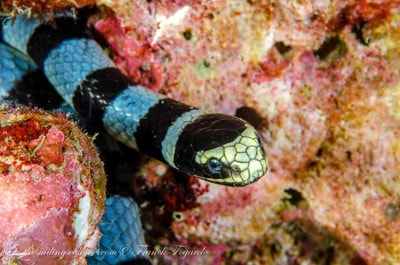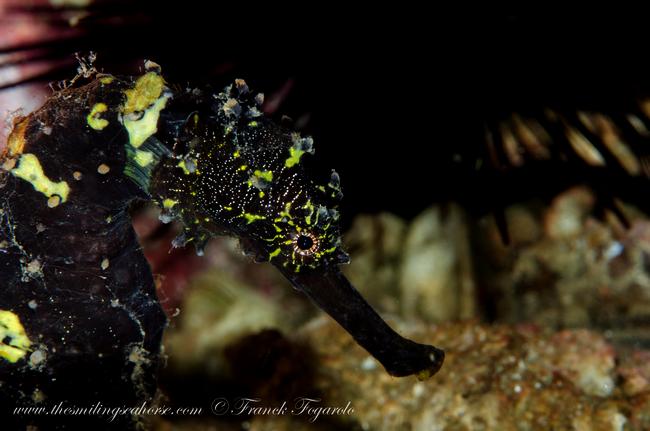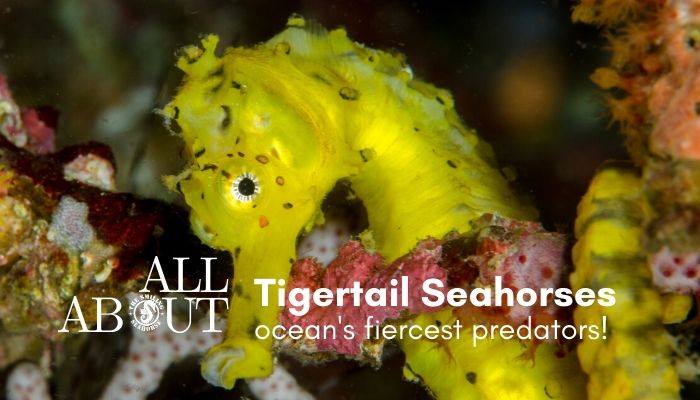The Ultimate Guide to Thailand's Andaman Sea Marine Life
Learn some fun facts about the Indian Ocean's inhabitants in Thailand
|
Thailand is a littoral country with 2,815 km of coastline, 1878 on the East coast (the Gulf of Thailand) and 937 on the West coast, on the Andaman Sea side.
A part of the Indian Ocean, the Andaman Sea is a roughly 1,200 km long x 650 km wide, limited by the Gulf of Mataban in the north, the Malay Peninsula in the east, the Andaman and Nicobar Islands in the west and the northern tip of Sumatra in the south. Being a peripheral ocean isolated from the bay of Bengal by the Andaman-Nicobar island bends, marine life has evolved a bit differently and the Andaman Sea has some endemic species. |
The Andaman Sea is a tropical haven very rich in Marine life. Thailand has seen early the importance of protecting its marine biodiversity and there are now 22 marine national parks in Thailand where fishes and reefs are protected from fisheries.
Marine life described below have been encountered in the 5 most beautiful Marine national parks of Thailand: Surin islands, Similan islands, Phi Phi Islands, Tarutao, and Koh Lanta national park all located in the Andaman Sea.
We have been diving in Thailand since 2012 and we wrote quite a few blogposts about the critters we encountered here. This page should serve as a menu to Thailand's ultimate Marine life guide to find these articles in a more "organised way".
Marine life described below have been encountered in the 5 most beautiful Marine national parks of Thailand: Surin islands, Similan islands, Phi Phi Islands, Tarutao, and Koh Lanta national park all located in the Andaman Sea.
We have been diving in Thailand since 2012 and we wrote quite a few blogposts about the critters we encountered here. This page should serve as a menu to Thailand's ultimate Marine life guide to find these articles in a more "organised way".
SharksWe have quite a few kind of sharks in Thailand:
Whale shark (mostly spotted at Richelieu and Koh Tachai) learn about baby whale sharks here. White and black tip reef sharks Leopard / zebra sharks (often sighted at Koh Bon pinnacle) and we recently spotted a tiger shark in the similans. |
RaysGiant Manta rays are not the only rays present in Surin and Similan islands.
We also have: Blue spotted sting rays Marble blotched sting rays Eagle Rays Long nose and Bowmouth guitare fish) |
CephalopodsSeveral kind of cephalopods can be seen in Thai water:
common reef octopus, Pharaoh Cuttlefish Schooling squids are the most commonly spotted in Surin and Similan islands. We recently saw a paper nautilus on a black water dive! |
Schooling FishesSurin and Similan national parks have many kinds of fish schools:
the most famous ones are barracudas, batfish (orbicular and shaded) hunting big eye trevallies yellowtail and yellowback fusiliers Sergeant major, goat fish Rainbow runners, moorish idols Crocodile needle fish, Rabbitfish, Surgeonfish, Butterflyfish, triggerfish (including the beautiful clown triggerfish), hundred of kinds of snappers, emperors, squirelfish, and parrotfishes |
Moray and other EelsMoray eels are very common in the Andaman sea and you will mostly see:
white eyed moray, Fibriated morays Snow flakes moray eels Giant morays (some really huge) Ribbon eels Garden eels |
Other territorial reef fishDamselfishes inhabit every anemone: tomato clownfish, false clownfish, clarks anemonefish.
Golden, Humburg and blue Damsel, Rounded and fine-spotted Porcupinefish, Giant pufferfish. Hawkfish, Trumpetfish, Razorfish, groupers, boxfish Emperor/ regal/ Andaman Angelfish Lizardfish and Crocodile fish, frogfish, Napoleon fish, cardinal fish, sweetlips, Napoleon fish and so many other wrasses and the rarer Pineapple fish many types of gobies and fairy basslet. |
Crustaceans in Thailand There are many kinds of shrimps in Surin and Similan dive sites: Lobsters, Durban shrimp, Mantis shrimp, boxer shrimp, (anemone and crinoid) commensal shrimp, imperator shrimp (on Spanish dancers), squat shrimp, serpentine shrimp.
The Harlequin shrimp (regularly spotted at Richelieu Rock) is on the wish list of all underwater photographers. Surin NP and similan's crab collection: Porcelain crabs, spider crabs, sponge crabs, hermit crabs, orangutan crabs and many other crustaceans are found in the Mergui Archipelago. |
Thailand's nudibranch molluscs & sea slugsWe have a very large array of nudibranches, flat worms, sea slugs, cowries and snails in Thailand such as the Spanish dancer above but also the popular Bornella Anguilla. Learn some fun facts about nudis here.
Many halgerda and grossodoris slugs as well as the piccachu nudibranch (Thecacera pacifica).
You'll see giant clams, Oysters, conch, tiger cowries, soft coral cowrie, cone shells and much more... |
Coral species, sea stars and moreYou will be amazed by the coral reef of Richelieu Rock with limestone covered by a rainbow of tree, cauliflower and broccoli soft corals.
Dive sites in Similan islands have more hard coral formations, pale staghorn or solid table coral as well as the very photogenic giant seafans, knotted fan coral, whip and spiral black corals. You will also find in the landscape many types of sponges, anemone, Sea stars, basket stars, bushy feather stars crinoid, sea cucumbers and sea urchins. |
Scorpion fishScorpion fishes are very common in Thailand. You will see several kinds of
lion fishes (black and red) as well as plenty of bearded and devil scorpion fish. |
ReptilesHawkbill and green turtles are the most commonly sighted around Thailand's Andaman islands.
But you can also spot green turtles and banded sea crait (sea snakes) on a regular basis. |
Seahorses and pipefishesAs you may guess from our name, we are seahorses and related pipefish families.
Tiger tail seahorses, spiny seahorses ornate ghost pipefish, Orange spotted pipefish , Bend stick pipe fish, Cleaner pipefish and more... |
Marine life in the Andaman Sea is very rich, especially when diving in Thailand's national parks where marine life is protected and abundant.
Covid-19 has stopped tourism activities in March 2020 and brought some respite for the Marine life in Thailand for many months. This season 2020-2021 will probably be better than previous year because underwater life has been left alone to regenerate.
Thailand is so popular as a diving destination, its main draw back is the number of people diving the area every year. Thailand has being closed to Tourism... there has never been a better time than this year to explore Thailand's underwater treasures!
Covid-19 has stopped tourism activities in March 2020 and brought some respite for the Marine life in Thailand for many months. This season 2020-2021 will probably be better than previous year because underwater life has been left alone to regenerate.
Thailand is so popular as a diving destination, its main draw back is the number of people diving the area every year. Thailand has being closed to Tourism... there has never been a better time than this year to explore Thailand's underwater treasures!
It's the best moment to book your dream diving holiday! Check our disponibilities today!

